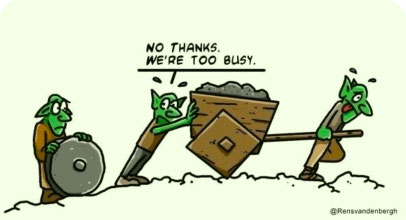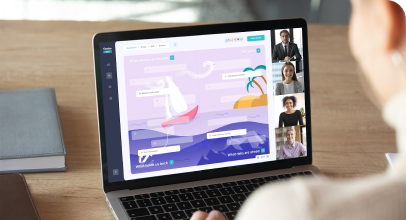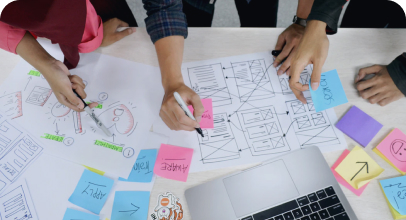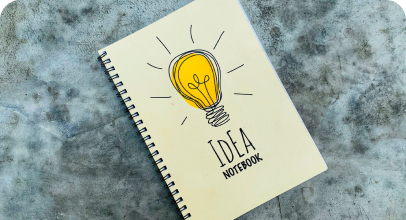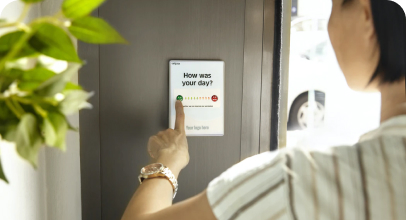
Within a long-time project it is vital to stop at some milestone point and go back through the longer period of time then just one sprint or one iteration, agree?
Well, this is the perfect moment for a milestone retrospective — an opportunity for your team to discuss what you have managed to achieve and what structural issues you still have and need to address.
A LITTLE BIT OF THEORY
In this article I will share my own milestone retrospective case study with exercises as an example. But before we start, let us focus on some features that differ for a milestone retrospective and an interaction retrospective:
- Considering that the team is going to discuss a long period of time with many events and possible issues — this meeting is to be thoroughly planned and facilitated even more than an iteration retrospective, just because it would be harder to focus on what is really important.
- Objectives of the meeting are to be specified and shared in advance — again, the team's focus is everything if we want this meeting to be effective.
- It would be a great idea to invite an external facilitator as it might be complicated for a team member to both lead the discussion and take part in it to the fullest.
- And the final point, the actual scope of such milestone retrospective: usually it is not some concrete case or problems that raised recently but rather global process issues that need attention.
Well, this is it with the theory, let us move to the milestone retrospective itself.
A LOT OF PRACTICE
My example refers to the startup project that has been active for 3 month and has already released a usable MVP.
These are the retrospective templates we have chosen for our milestone retrospective (inspired by https://retromat.org/):
- A modified One word exercise — “Hashtags” to break the ice;
- Timeline exercise and adopted 3 columns for the main part;
- A round of admiration for closure.
One word
How to do: I guess some of you are already familiar with this icebreaker game: all the team members are offered to choose one word to define the previous iteration or period discussed.
Our input: We have decided to teen up the retrospective icebreaker a bit and thought of hashtags (the same way as used in TikTok or Instagram) to describe the previous 3 month of our project.
This is how it looked like:
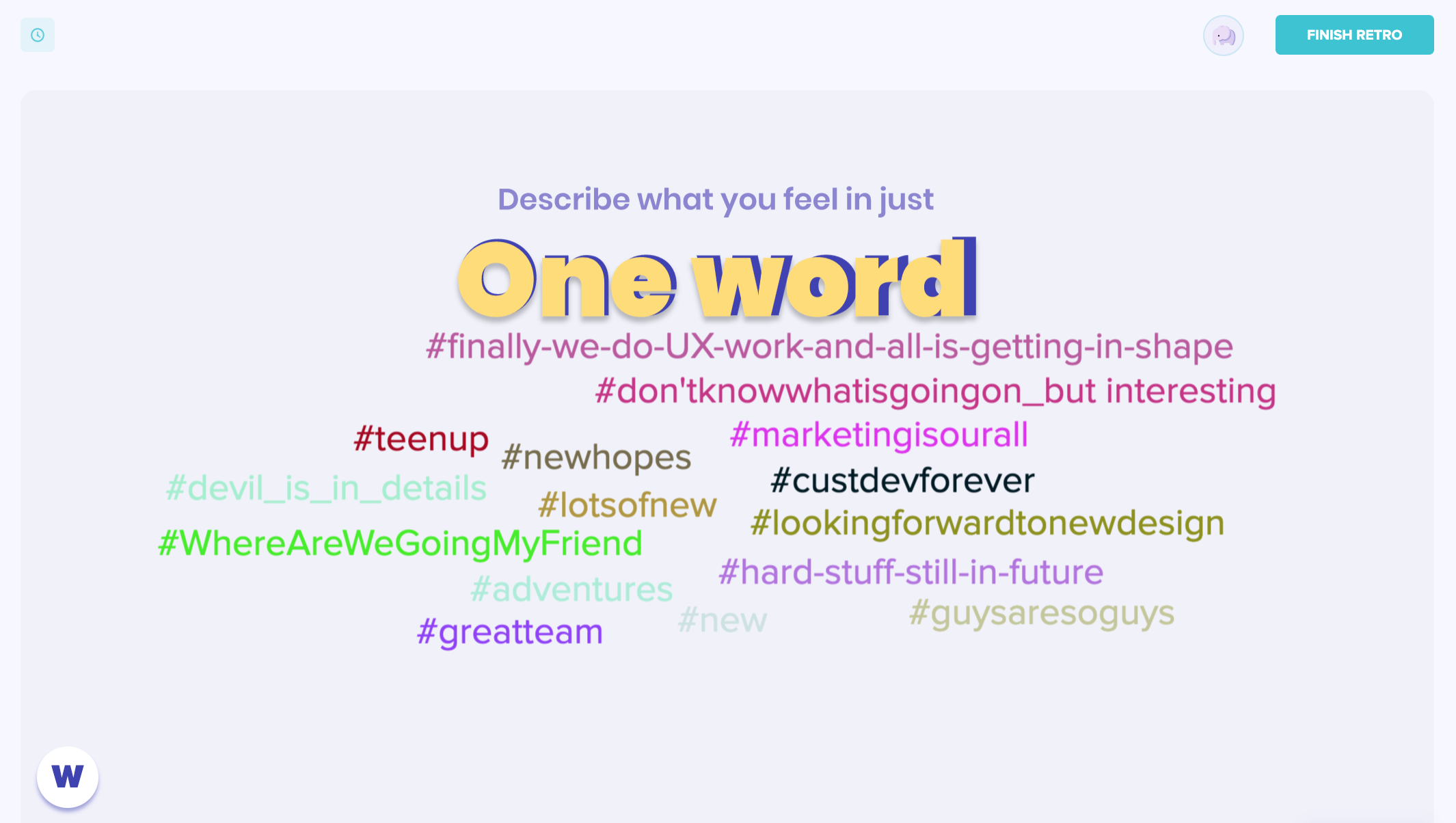
Results and insights: We felt it was a nice touch to try thinking as young users of social networks (our project is an app for teenagers), finding a perfect hashtag to define what has happened throughout these 3 months. One suggestion would be to provide an example of real popular hashtags from TikTok or Instagram — this will give you a minute of laughter, for sure.
Timeline and 3 columns
How to do: Timeline exercise is a great way for gathering data — within it team members write down significant events of the previous period and order them chronologically. Different colors might be used as markers to feature good stuff and something that needs improvement.
Having this as a basis, classical 3 columns (What was good/Not so good/Recommendations) might be used to analyze data and work out action points.
Our input: To reduce time, we have prepared the project timeline in advance. On the retro meeting online we discussed all the points from the retrospective board to refresh the past 3 month in memory and moved to 3 columns.
This part has also been updated, as it is a milestone retrospective we wanted to focus on structural, more global project areas for improvement, the following questions were presented to the team:
- What process improvements are needed for our project?
- What atmosphere improvements are needed for our project?
- What product improvements are needed for our project?


Results and insights: Very nice combination of retrospective ideas — it allows everyone to talk through the issues they felt most about during the project, not just recently and not only in reference to the current sprint problem. Of course, retro questions might differ but the approach of focusing on improvement really worked out for us.
A round of admiration
How to do: Very simple — team members finish the following sentence “What I admire most about you…” for their neighbour to the right.
Our input: As we have an online format right now spinning wheel is a perfect match here, some tools we found for this exercises:
- https://wheelofnames.com/
- https://www.namepickerninja.com/#
- https://pickerwheel.com/ (we used this one)
- https://flippity.net/
Results and insights: As we focused on improvements within the main part, in closure we decided to focus on something we might be proud about in our team, team members.
I hope that would help with your milestone retrospective!
Timbo: designed by Scrum Masters for Scrum Masters




